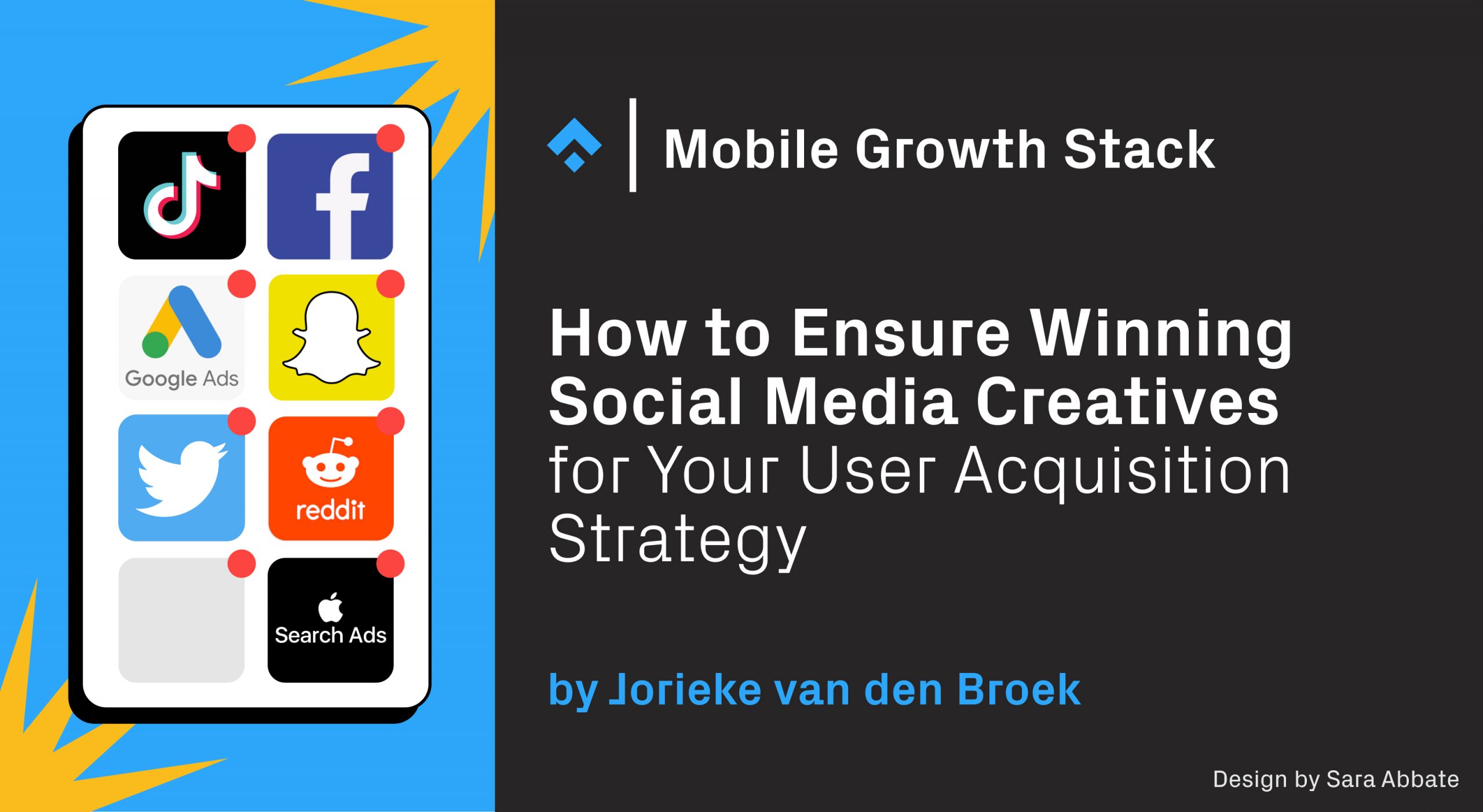
Having a solid framework for your creative strategy for mobile user acquisition (UA) campaigns is essential. Quite simply, strong performing social media creatives often lead to a wider reach and improvement in overall performance. We call this a ‘creative win,’ though getting a result isn’t without its challenges.
With users able to opt-out from Apple’s Identifier for Advertisers (IDFA), thus posing a challenge to post-install tracking, and limits to the number of ad sets you can create for iOS, finding a creative win becomes more difficult. While there is some scope for transferring learnings from Android to iOS, we strongly recommend applying a strategic framework to your creatives from the get-go. In this article, we present the creative nuances of each ad channel, their target audiences, and how to speak to them, as part of a strategic framework for winning creatives.
Channel nuances
From our experience at Phiture, we highly recommend putting nuance at the center of your creative strategy for different channels. While developing your creatives in bulk and uploading across all channels is a somewhat efficient strategy, if you want to increase your chances of getting a creative win, it is essential that you tailor your creatives to each channel’s specific objectives. In other words, a creative ad can lead to efficient conversion if it is related to something the audience connects to.
Although there may be an overlap in users between channels, there are important differences in each channel’s target audience, reach, user behavior, and the manner creatives are displayed, which you can compare in our infographic below.
Formulating Your Strategy
When formulating your user acquisition strategy for mobile apps, ask yourself, is showing your ads across all ad channels essential for growth? It really depends. It is important to know the target audience of your app, and more important still to know where to find them. If you run ads for a finance app targeting 30+ year old males, you would have to think twice if TikTok, where the user base is fairly young, would work for your app. Testing for this end is crucial in order to find out what strategy works best for your app.
For quick learnings to see if a channel works for you, or if a creative is performing well, we recommend not spreading your budget too thin. With a lower budget, you could test channels one at a time, however, this clouds outcomes with external factors like seasonality, competition, and so on. According to Business of Apps, 50% of media plans are underinvested and ROI could be improved by 50% with an ideal budget.
We recommend testing in at least one market with a testing budget that is big enough for your campaigns to get a solid number of conversions. A testing period of three months is ideal and will give enough time for you and the algorithms to generate valuable learning, after which you can pause what is not working, shift budgets, and ramp up more successful channels.

What next?
- Learn more about the social media landscape, and omnichannel approaches to User Acquisition, by Lorenzo Rossi, founder of Mobile Marketing Italia.
- Explore our guide to systematic creative testing for app campaigns.
- For a theoretical overview of brand awareness campaigns, with a specific focus on planning effective campaigns and optimization, take a look at our guide here.
Sources:
- Business of Apps: 50% of marketers aren’t spending enough on a single channel to boost ROI
- DATAREPORTAL: Facebook Statistics and Trends
- DATAREPORTAL: Snapchat Statistics and Trends
- DATAREPORTAL: TikTok Statistics and Trends
- DATAREPORTAL: Twitter Statistics and Trends
- Hootsuite: 20 Snapchat Demographics that Matter to Marketers in 2022
- Omnicore: 63 Facebook Statistics You Need to Know in 2022
- THRIVE myway: 70+ Important Reddit Statistics 2022
Table of Contents















